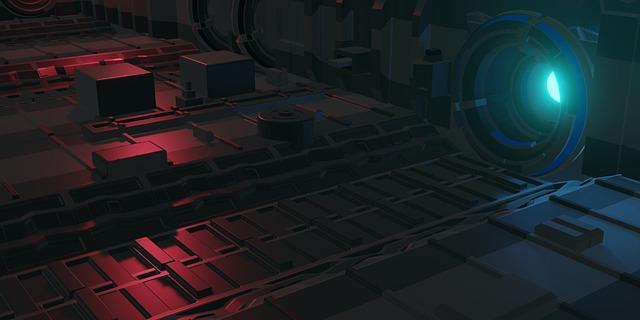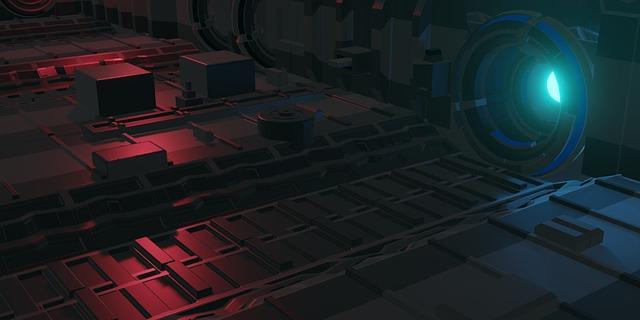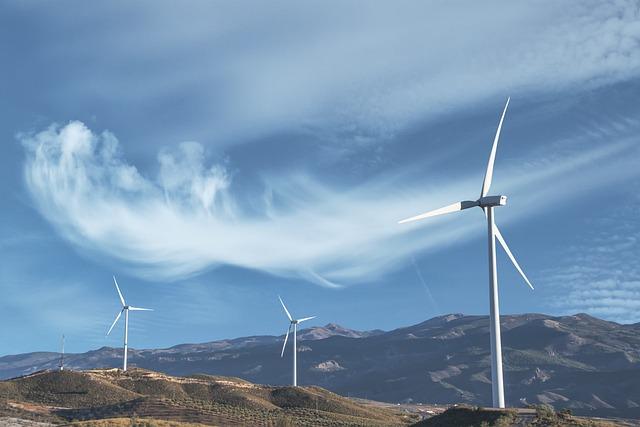- Introduction
- What Is Fusion Power?
- Recent Breakthroughs in Fusion Power
- Why Is Fusion Power Critical to Energy Sustainability?
- The Challenges of Fusion Power Development
- The Future of Fusion Power
- Conclusion
- FAQs
- References
Introduction
Fusion power has long been seen as a game-changing solution to the world’s energy challenges. Despite decades of research and development, we are on the verge of significant breakthroughs that may soon turn fusion power from science fiction into reality. In this article, we will explore everything about this technological marvel — from understanding what fusion power is, highlighting recent advancements, explaining the importance in an energy-critical world, to understanding the key challenges that remain ahead.
Whether you are a subject enthusiast or just starting to explore the topic, this deep dive into fusion power offers insights into how it could transform energy production forever.
What Is Fusion Power?
Fusion power is the process of generating energy by fusing two atomic nuclei together. The most common example involves combining isotopes of hydrogen, such as deuterium and tritium, to produce helium, neutrons, and immense amounts of energy. This process replicates the same reaction occurring in the heart of stars, including our sun.
Unlike nuclear fission, which operates by splitting atoms, fusion generates much less radioactive waste and carries no risk of runaway reactions like those that have occurred in nuclear disasters such as Chernobyl or Fukushima. Fusion power relies on the same principles of energy creation as fusion bombs but aims to control these reactions in a safe, contained environment.
One of the primary advantages of fusion power is that it uses fuel that is abundant in nature. Deuterium can be separated from seawater, and tritium can be bred in reactors from lithium. This combination of safety and readily available fuel makes fusion a highly attractive option for the future of clean energy.
Understanding the fundamental principles of fusion power is vital before we explore the exciting progress that scientists and engineers have made in advancing its practical applications.

(Image: Pixabay/@Cosmic_Level)
Recent Breakthroughs in Fusion Power
While fusion power was once deemed decades away, several recent breakthroughs have brought us closer than ever to achieving a sustained fusion reaction. Numerous international collaborations, particularly projects like the **International Thermonuclear Experimental Reactor (ITER)** based in southern France, are making headlines with groundbreaking progress. ITER is expected to achieve its first plasma test in the near future.
In 2022, researchers at Lawrence Livermore National Laboratory's National Ignition Facility (NIF) announced their first-ever breakthrough in achieving fusion ignition. This specifically refers to producing more energy during fusion reactions than consumed to create those conditions. Though initial results lasted only seconds, they were a monumental leap forward.
Additionally, privately-funded companies such as Commonwealth Fusion Systems and Helion Energy have been moving aggressively toward smaller fusion reactors that might come online faster than thought possible. These companies are working with innovative methods like using magnetic confinement and superconducting magnets to contain high-energy plasmas required for fusion.
Overall, the field of fusion power is moving swiftly, leaving many experts optimistic about the technology’s integration into the global energy grid within the next few decades.

(Image: Pixabay/@Peggy_Marco)
Why Is Fusion Power Critical to Energy Sustainability?
In a world defined by climate change and increasing energy demands, fusion power stands as one of humanity's best hopes for a cleaner, sustainable energy future. Fusion power produces no carbon emissions during operations, meaning that it could drastically reduce our reliance on fossil fuels and mitigate the ongoing environmental damages being inflicted by conventional energy sources.
Furthermore, fusion reactors have the potential to power cities for years without refueling, all while using a minimal amount of fuel. For instance, less than a kilogram of deuterium and tritium can produce the same energy output as thousands of metric tons of fossil fuels. This tremendous energy density could be critical in creating energy security, especially in developing regions.
In contrast to renewable energy sources such as wind or solar power, fusion is an uninterrupted energy source. Unlike sunless or calm days, a fusion reactor can run continuously under optimal conditions, providing an essential level of energy consistency that renewables sometimes lack.
Ultimately, fusion power is not just an alternative; it could become an integral pillar in helping the global community slow down the rate of warming and transition to a more sustainable industrial future.

(Image: Pixabay/@ColiN00B)
The Challenges of Fusion Power Development
While the promise of fusion power is tantalizing, the development process has faced numerous technical and scientific challenges. Achieving the extremely high temperatures and pressures needed for fusion reactions requires advanced technology. Temperatures in a fusion device need to surpass 100 million degrees Celsius — many times hotter than the core of the sun — before fusion can begin.
Containment is another issue. Plasma, the hot ionized gas necessary for fusion, must be magnetically confined in reactors to prevent it from damaging containment vessels. Devices like tokamaks and stellarators are specifically designed to address this, but maintaining a stable plasma over long periods remains tricky.
On the economic front, fusion requires enormous investments in infrastructure, research, and development. Many governments and private enterprises have poured billions into fusion experiments, and while optimism is rising, there’s still much uncertainty about when and whether the investment will be profitable.
Moreover, even if successful, building the necessary global infrastructure to adopt fusion on a large scale will take time. Factoring in these challenges, it's clear that while fusion is an exciting possibility, it may take years beyond initial breakthroughs before we see fusion actively contributing to the energy grid.

(Image: Pixabay/@Cosmic_Level)
The Future of Fusion Power
As we head into the mid-21st century, fusion power continues to offer a beacon of promise. With significant advancements being made over the last few years and more breakthroughs expected sooner rather than later, many experts consider the first half of this century as a transformative timeframe for fusion power development.
Emerging applications of fusion go far beyond simple electricity generation. Future fusion reactors could potentially drive clean hydrogen production, desalinate seawater for agricultural use, and even advance propulsion systems for space exploration. Such innovations would redefine public perception of energy and technology, paving the way for entirely new industries.
Vast international collaborations will continue to play a central role. Not only ITER but also smaller regional projects and private partnerships will accelerate necessary innovations. Additionally, the maturation of computational modeling and artificial intelligence will likely help in solving complex problems related to fusion confinement, stability, and operational efficiency.
While it's still too soon for daily fusion-powered homes, the steps being taken today could one day fuel a greener, safer, and more technologically advanced world.

(Image: Pixabay/@ELG21)
Conclusion
Fusion power represents both the hope and the challenge of a truly revolutionary future. From mimicking the powers of stars to producing practically limitless energy, it offers a glimpse into what technological ingenuity can achieve. However, significant hurdles still need to be overcome before fusion becomes the sustainable, everyday energy source many envision.
Nevertheless, with centuries of effort put into fusion technology, combined with recent momentum and modern scientific breakthroughs, society stands on the cusp of witnessing one of the most groundbreaking accomplishments of our time.
FAQs
When will fusion power become commercially available?
While estimates vary, many experts believe we could see the first commercial fusion power plants within the next 20 to 30 years, although some experimental reactors may come online sooner.
Is fusion power completely safe?
Fusion power is considered much safer than current nuclear fission technologies. It does not produce large amounts of long-lived radioactive waste, and the risk of a catastrophic meltdown is virtually zero.
How does fusion differ from fission?
Fusion combines two light atomic nuclei into a heavier nucleus, releasing energy; fission splits heavy atomic nuclei into lighter ones. While both processes generate energy, fusion is cleaner and safer.
Could fusion power end the energy crisis?
If successfully developed and scaled, fusion power could provide a nearly limitless supply of clean energy, greatly mitigating global energy shortages and reducing dependence on fossil fuels.

